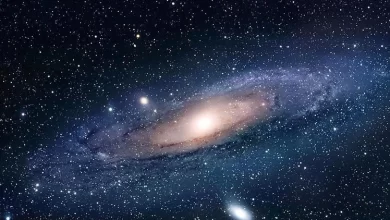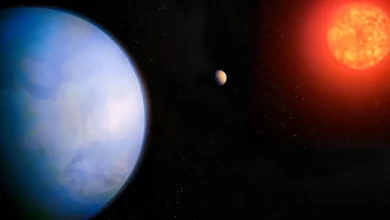
Scientists using the James Webb Space Telescope have observed the region above Jupiter’s iconic Great Red Spot to discover a variety of previously unseen features.
The James Webb Space Telescope has determined that the upper part of the atmosphere in the region called the Great Red Spot on Jupiter is home to a variety of complex structures. The James Webb telescope, jointly developed by NASA, the European Space Agency and the Canadian Space Agency, has been observing for 3 years.

Complex structures found in Jupiter’s atmosphere
The James Webb Space Telescope, which replaced the aging Hubble Space Telescope, continues to send new information. According to a statement by the European Space Agency (ESA), scientists used the Webb telescope to study the atmosphere above the Great Red Spot on Jupiter.
Experts believe that the region, which is thought to be unremarkable in nature, is home to a variety of complex structures such as dark arcs and bright spots. While the light normally emitted from the region is caused by sunlight, there may be another mechanism that changes the shape and structure of the upper part of Jupiter’s atmosphere, experts said.
Experts said the storm created gravitational waves, which moved upward until they reached the upper atmosphere and broke when they reached the top.
The Great Red Spot, a continuous high-pressure region on Jupiter, manages to maintain its cyclone shape (a violent storm formed by winds swirling rapidly around a low pressure area in the atmosphere) against the dynamic horizontal motion of the storms around it. First discovered in 1664 by English astronomer Robert Hooke, the Great Red Spot covers an area 4 times the size of the Earth.






